Optimal Timing for Pavers Service
Timing for pavers service depends on climate conditions and project scope. Proper scheduling ensures optimal results and longevity of the paved surface.

Spring offers moderate temperatures ideal for pavers repair and installation, minimizing weather-related delays.

Summer provides long daylight hours, suitable for extensive pavers work, provided temperatures are not excessively high.
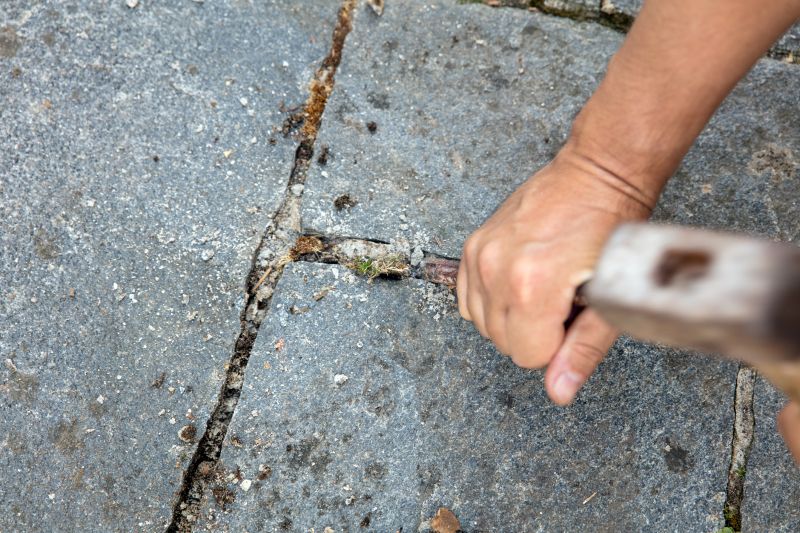
Fall is suitable for sealing and repairs before winter, ensuring protection against moisture and freeze-thaw cycles.
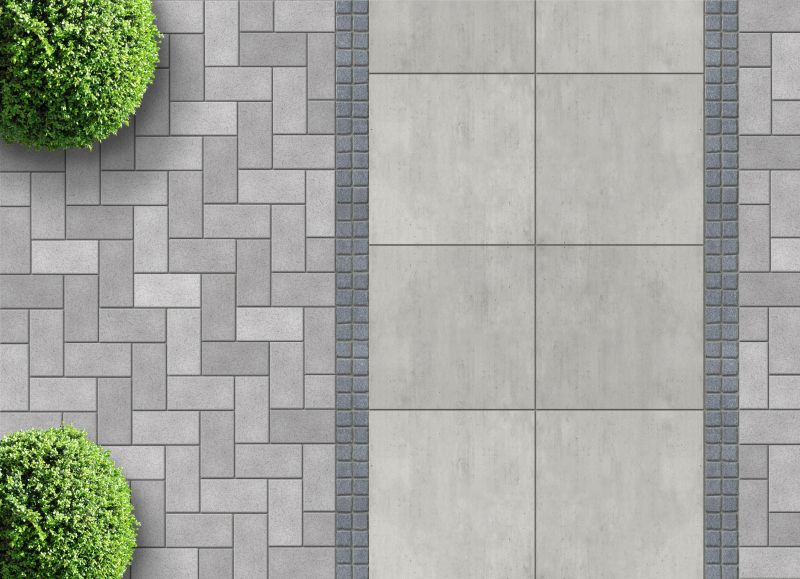
Ways to make Pavers Service work in tight or awkward layouts.
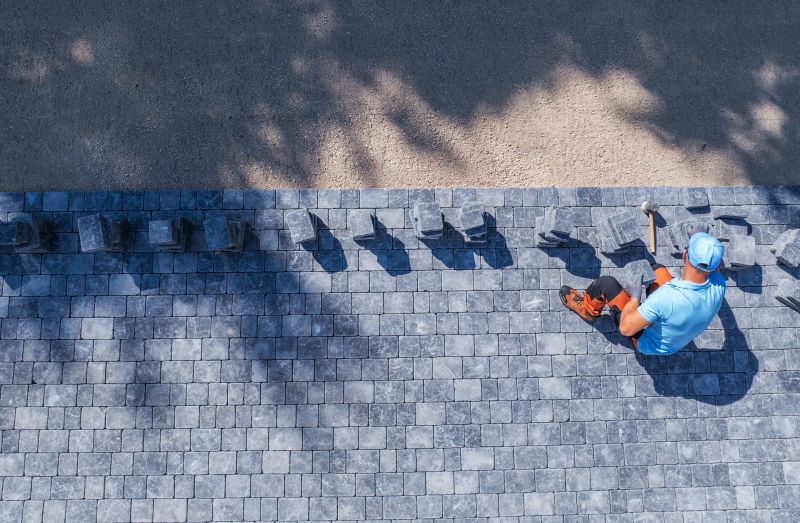
Popular materials for Pavers Service and why they hold up over time.
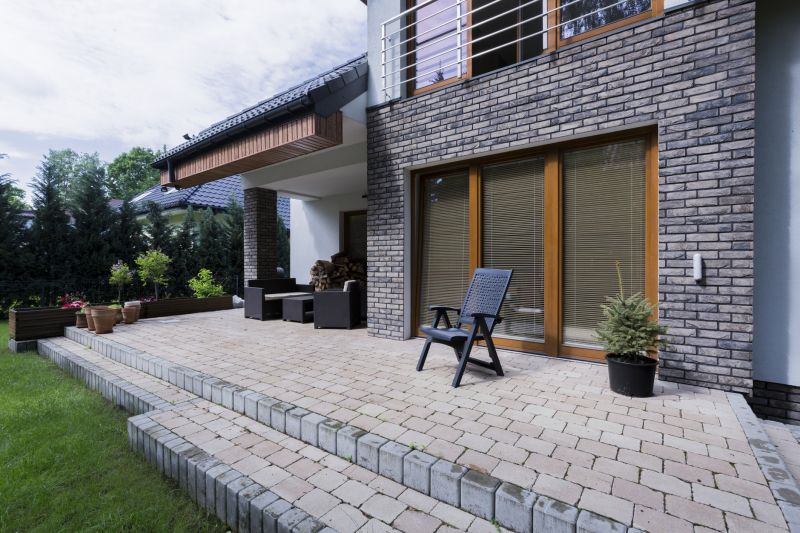
Simple add-ons that improve Pavers Service without blowing the budget.

High-end options that actually feel worth it for Pavers Service.
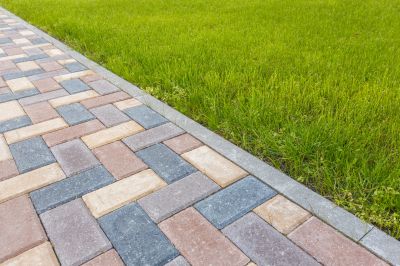
Finishes and colors that play nicely with Pavers Service.
Pavers service involves installing, repairing, and maintaining paved surfaces such as driveways, walkways, and patios. Proper timing can prevent issues like shifting, cracking, and uneven surfaces. Seasonal considerations are crucial; for example, installing pavers during dry months reduces the risk of shifting caused by moisture. Statistics show that scheduling pavers work in favorable weather conditions can extend the lifespan of the surface by up to 20%. Regular maintenance, including cleaning and sealing, during appropriate seasons enhances durability and appearance.
Dry and mild weather conditions are ideal for installing and repairing pavers to prevent shifting and settling.
Heavy rain or extreme temperatures can delay projects and affect the quality of the installation.
Sealing pavers in spring or fall helps protect against moisture and UV damage, extending their lifespan.
Scheduling during off-peak seasons can reduce costs and project duration, ensuring quality results.
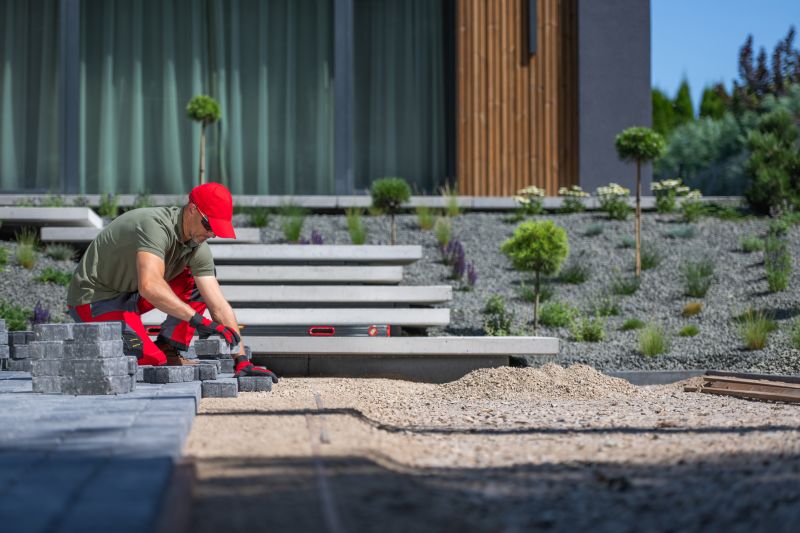
Spring provides optimal weather for durable and precise paving work.
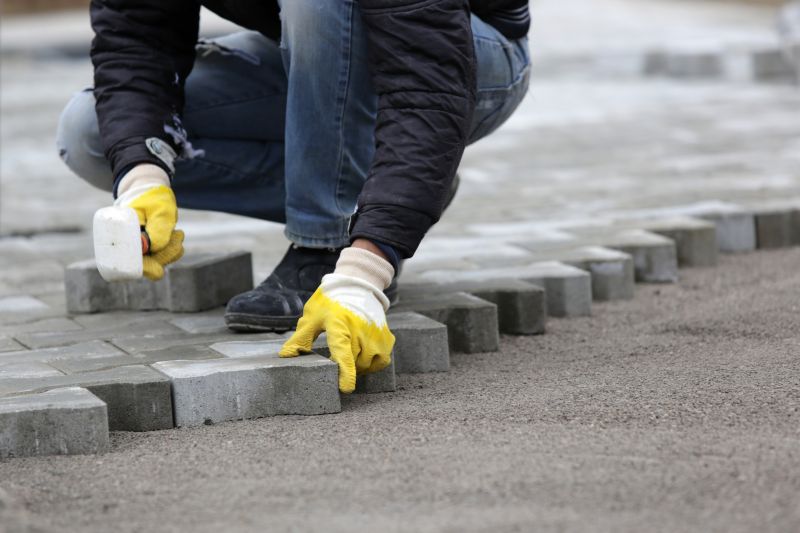
Longer days facilitate efficient repair projects during warm months.
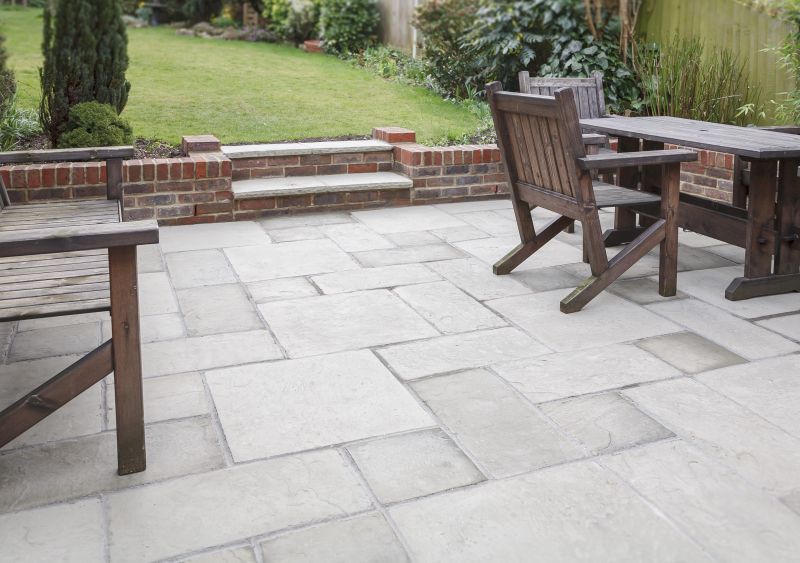
Sealing in fall prepares surfaces for winter conditions.
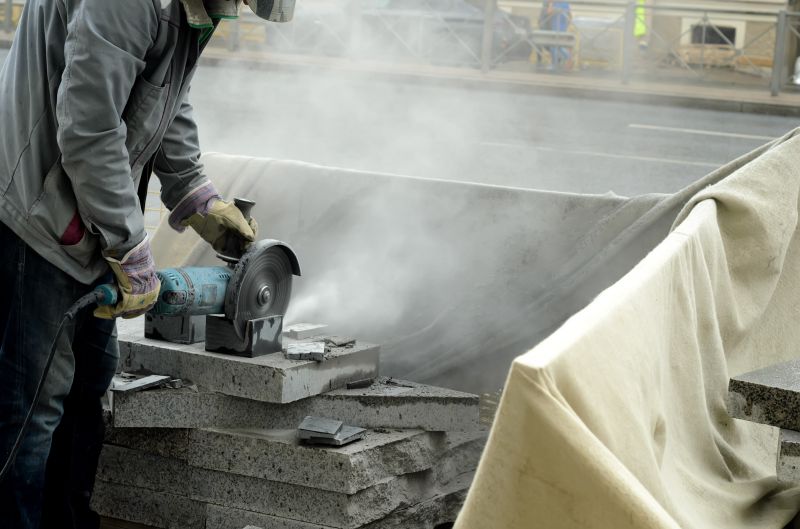
Limited paving work during winter due to moisture and cold temperatures.
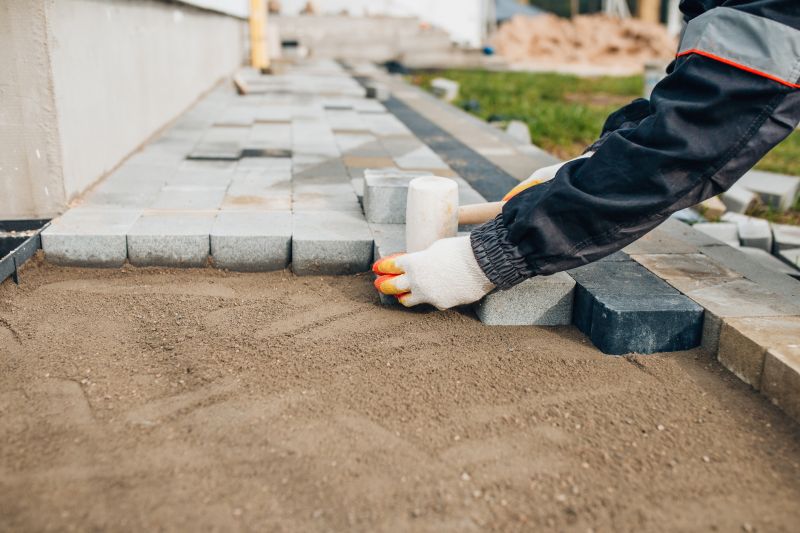
Little measurements that prevent headaches on Pavers Service day.
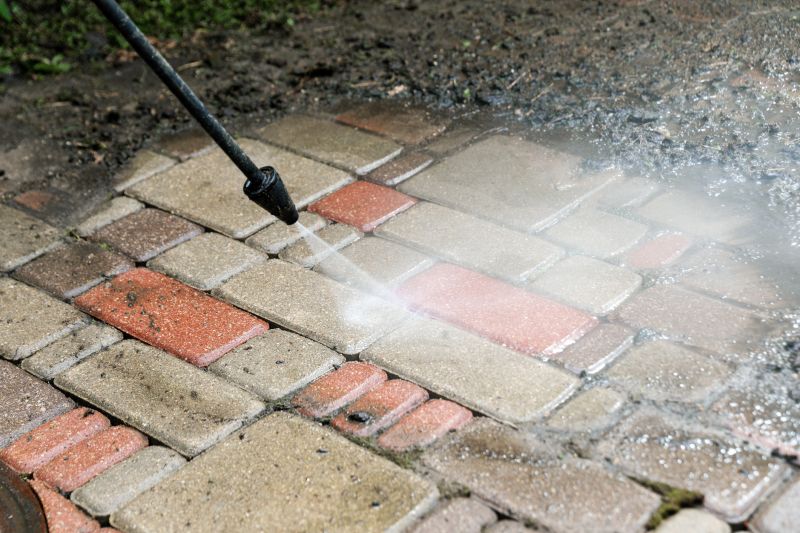
A 60-second routine that keeps Pavers Service looking new.
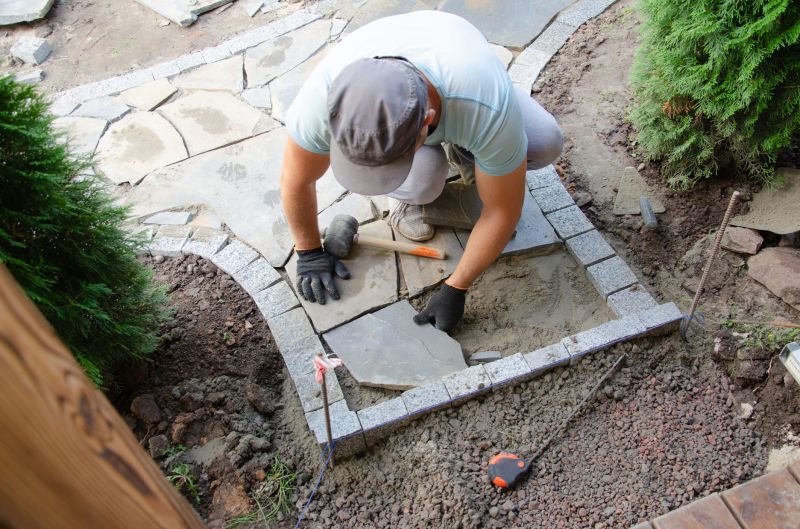
A frequent mistake in Pavers Service and how to dodge it.
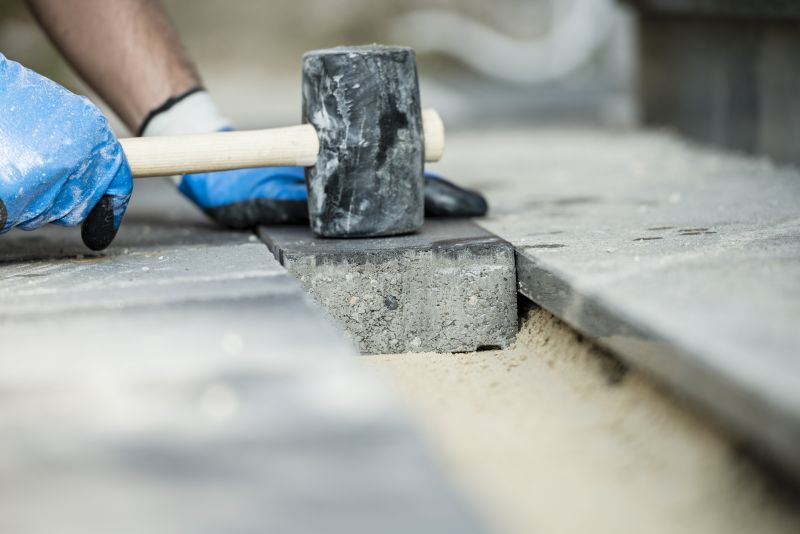
Small tweaks to make Pavers Service safer and easier to use.
| Season | Ideal Activities |
|---|---|
| Spring | Installation, sealing, minor repairs |
| Summer | Major repairs, sealing, maintenance |
| Fall | Sealing, preparation for winter |
| Winter | Limited paving activities, inspections |
Choosing the appropriate time for pavers service can significantly impact the durability and appearance of the paved surface. Scheduling during favorable weather conditions reduces the risk of delays and subpar results. Proper timing also allows for seasonal maintenance, which can prevent costly repairs and preserve the integrity of the pavers. Consulting with professionals about local climate patterns ensures that projects are completed under optimal conditions, maximizing the lifespan of the installation.
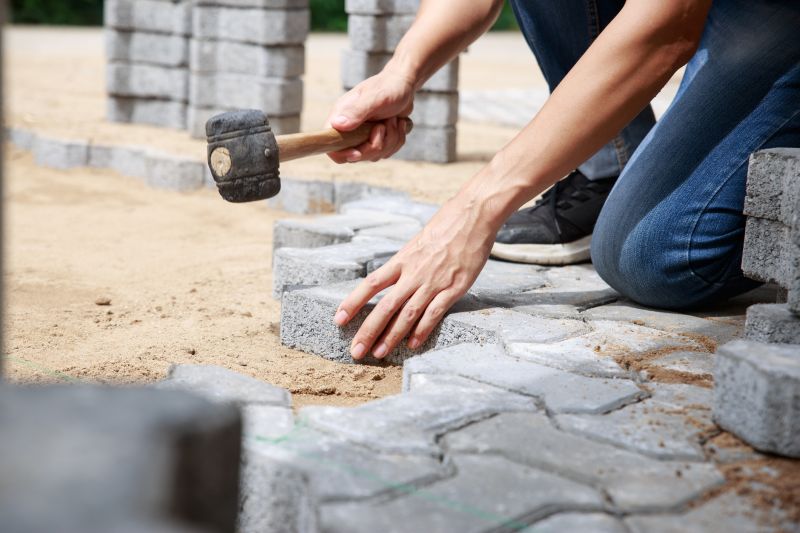
Weather conditions influence the success and longevity of paving projects.

Sealing during cooler months enhances protection against moisture and UV damage.
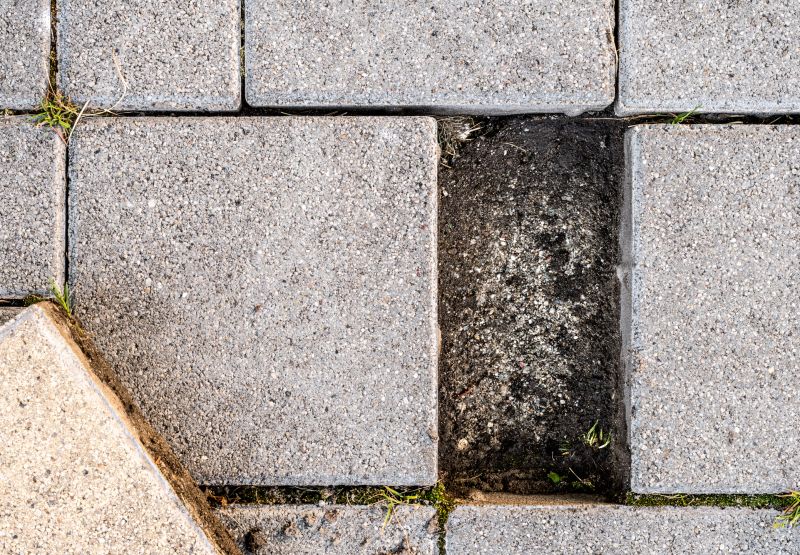
Timely repairs during dry seasons prevent further damage and deterioration.
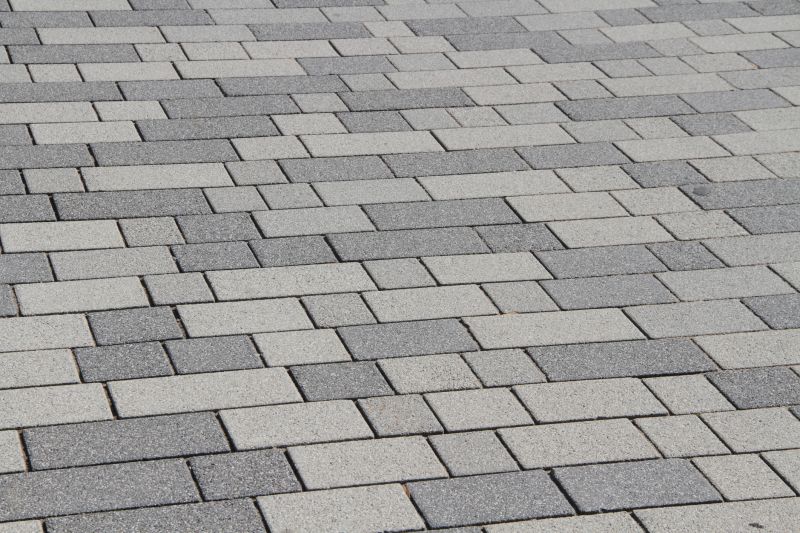
Seasonal timing supports ongoing maintenance efforts for lasting results.
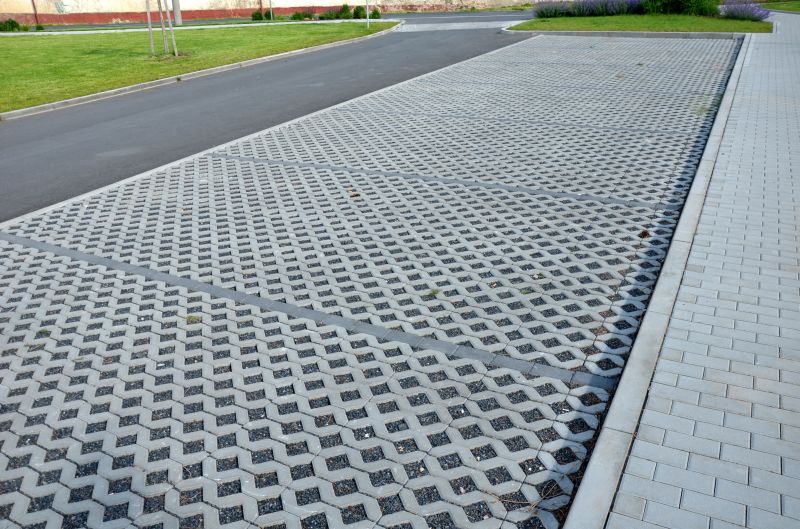
Lower-waste or water-saving choices for Pavers Service.
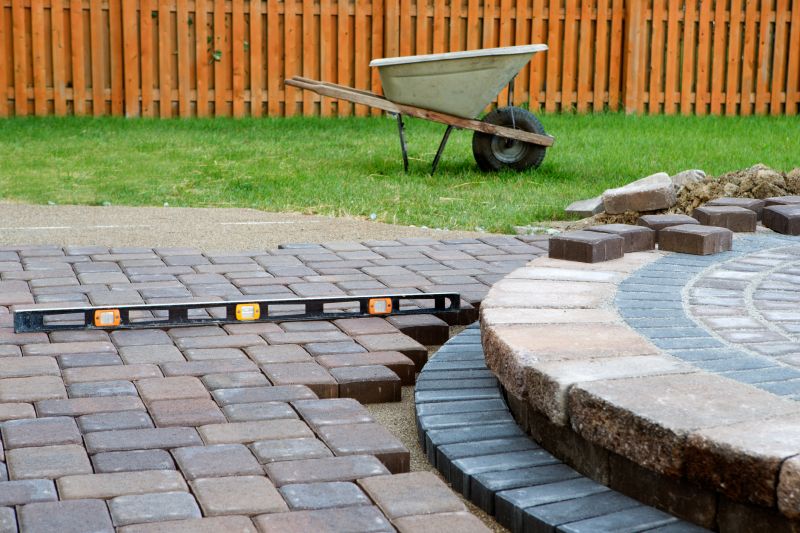
The short, realistic tool list for quality Pavers Service.
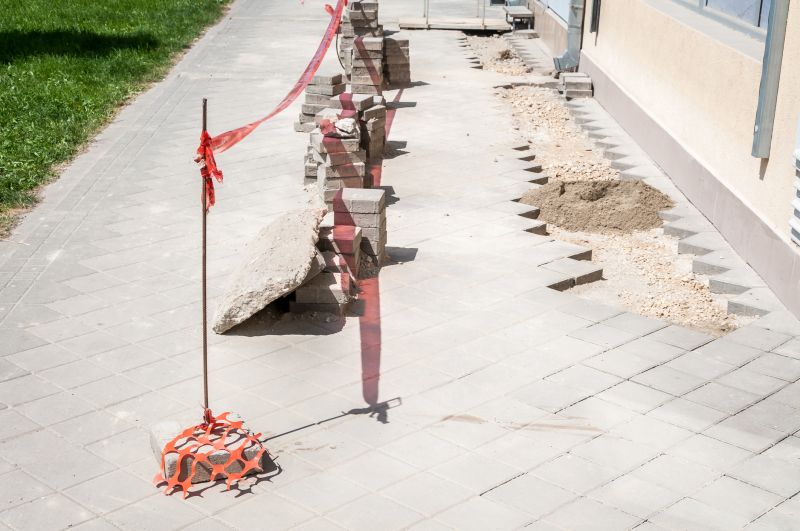
Rough timing from prep to clean-up for Pavers Service.

Quick checks and paperwork to keep after Pavers Service.
Interested parties are encouraged to contact for more information about scheduling pavers service at the most suitable time. Proper timing ensures the best results and longevity for paved surfaces in Santa Cruz County.


